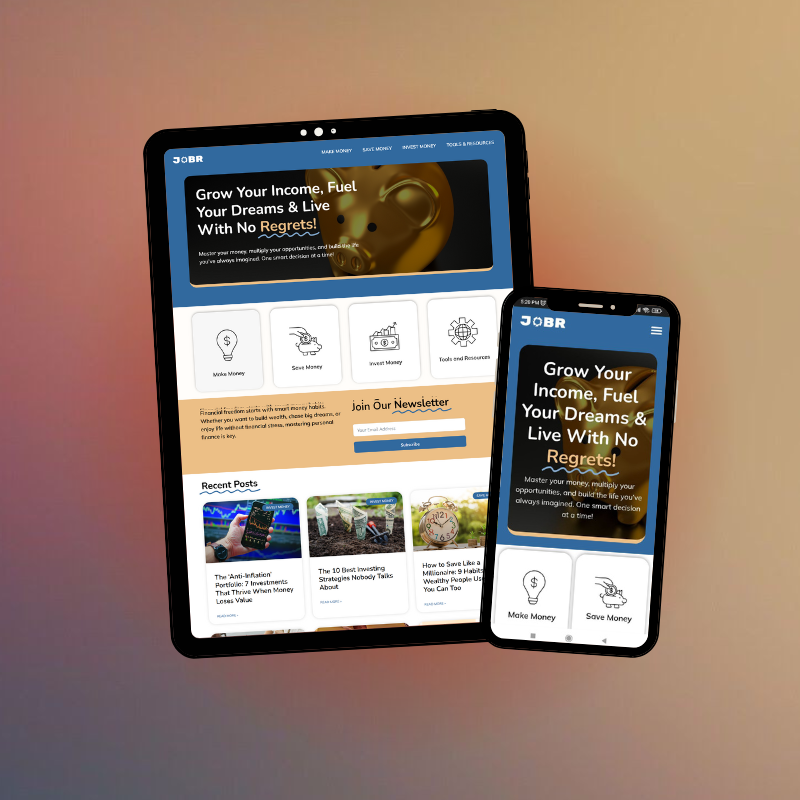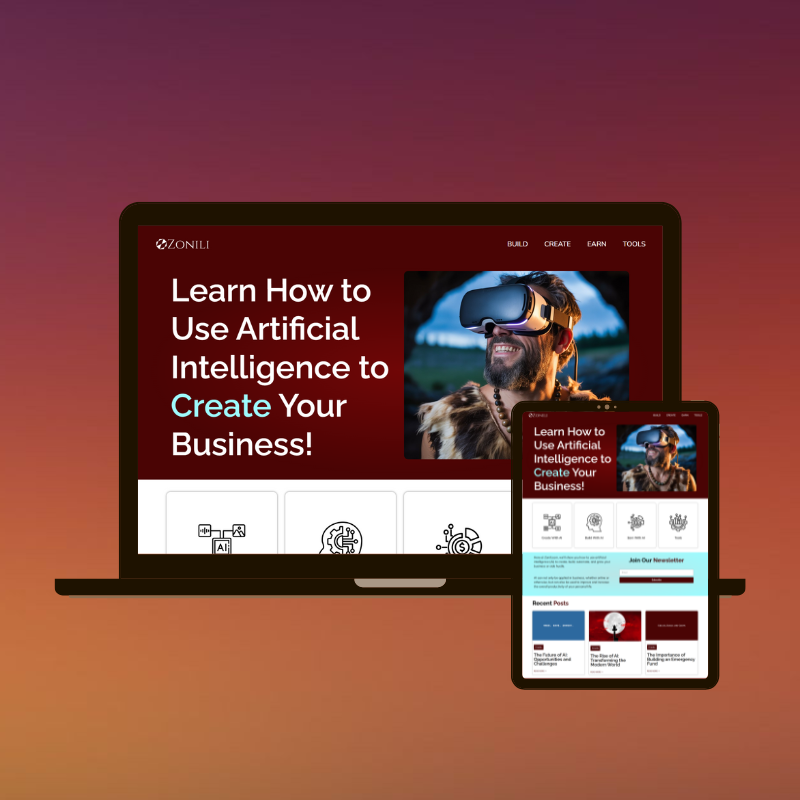Jobr – Personal Finance Company
When the team behind Jobr (a site in the Personal Finance niche) brought me on, they had a big vision: sell their personal finance and productivity digital products online. Think templates, guides, and productivity hacks that actually make people’s money and time work harder for them. The problem? Their website didn’t sell. Products were hard to find, traffic was random, and visitors weren’t sticking around long enough to click “buy.” That’s where I came in. Step 1: Cleaning Up the Sales Flow With Product Pages The first thing I noticed? Jobr didn’t have clear, dedicated product pages. Their digital products were hidden in a cluttered mix of blog posts and links. So, I designed conversion-focused product pages that made each offer shine. Each page included: Suddenly, their products weren’t buried , they were front and center. Step 2: Driving Targeted Traffic With Blog Content But you and I both know , product pages alone don’t bring buyers. You need traffic. And not just any traffic, but the kind of readers who are already interested in personal finance and productivity. That’s where blog strategy came in. I rolled out SEO-optimized content carefully crafted around what their audience was actually searching for. Think: Each post wasn’t just a fluffy article , it was a strategic funnel. Inside every piece, I naturally introduced Jobr’s products as the “next step” solution. For example: a budgeting guide blog would link directly to their digital budget planner. That’s how we started turning readers into customers. Step 3: The Lightbulb Moment , Monetizing With Ads Now here’s the fun part. As I dug into analytics, I realized something Jobr hadn’t fully capitalized on yet: personal finance is one of the highest CPM niches online. Translation? Advertisers pay top dollar for eyeballs in this space. So while we were already selling digital products, I knew we could double their income streams by monetizing traffic with display ads. Here’s the strategy I implemented: The result? Suddenly, even readers who didn’t buy a product were generating revenue just by consuming content. The Results The best part? Jobr now has a self-sustaining business model: products + ad revenue = multiple streams of income. The Takeaway Helping Jobr succeed taught me (and them) a simple truth: in niches like personal finance, you don’t need to choose between product sales and ads. With the right strategy, you can do both , and build a business that earns while you sleep. That’s exactly what I set up for them. And honestly? It’s what I’d love to help other brands do too.

